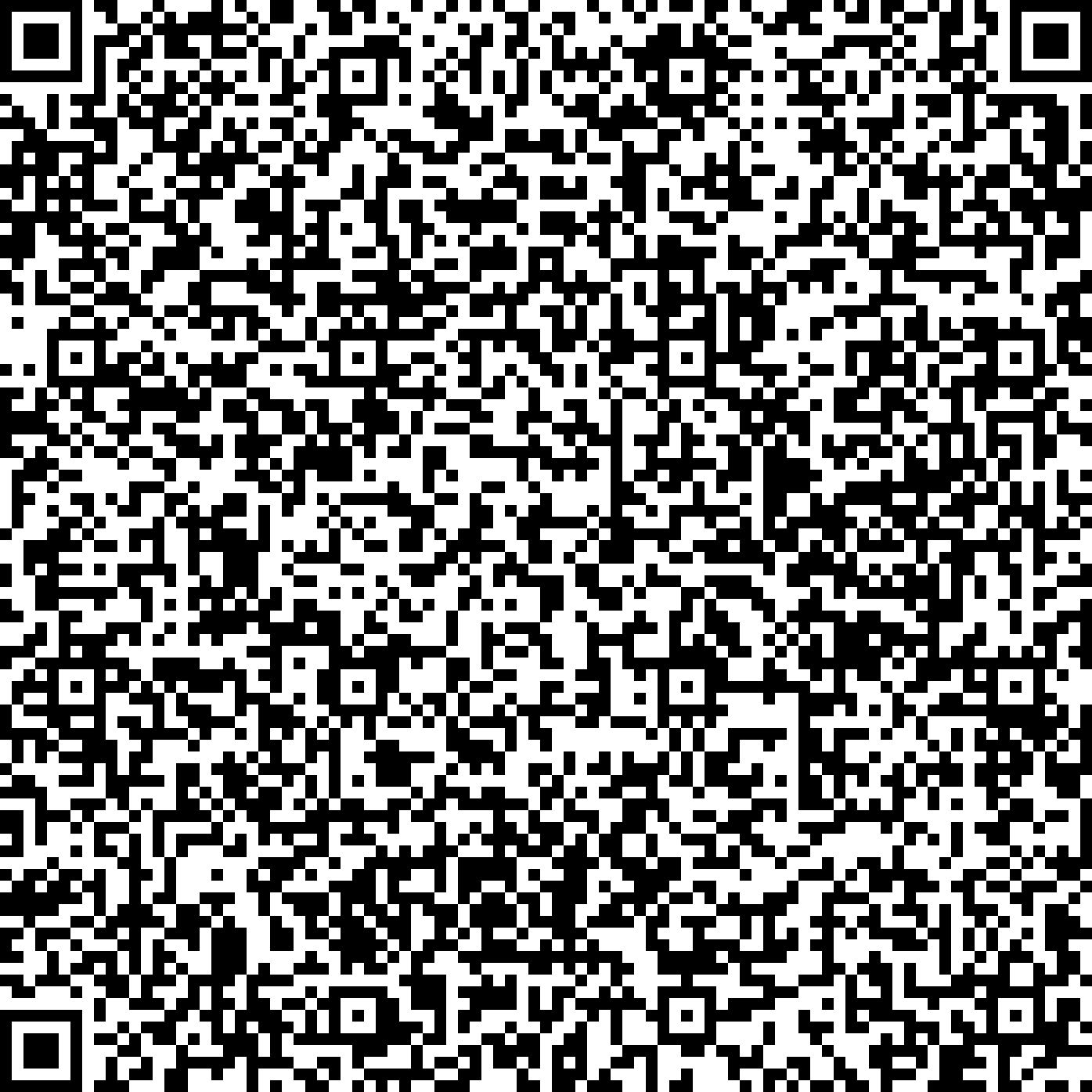

Currently, there are many competing models for the quantitative explanation of
Chiral Induced Spin Selectivity (CISS), which frequently focus on non-generic features of the
system e.g. number of transport channels, nature of coupled phonons, the existence of resonance
channels, particular symmetries of linkers to contacts, SO coupling of the substrates,
Rashba versus intrinsic SO, among others. We will discuss a model based on features
present in all experimental systems reported to date i.e. decoherence, tunneling, and chirality
that bears a strong spin polarization. We will also review the sources of SO coupling in bulk and molecular
systems and how the filling of transport electron-bearing orbitals determine the Hamiltonian of the
models.
Ernesto Medina did his undergrad at Universidad Central de Venezuela in 1985 and his PhD at
MIT 1991. He then returned to Venezuela to work in the oil industry for 6 years. Then he moved to
Instituto Venezolano de Investigaciones Científicas, where he made most of his career working on
a variety of problems from classical critical phenomena of disordered systems and fluid flow,
quantum mechanics of low dimensional systems, and gauge theories in condensed matter
physics, among others. After 2016 Ernesto moved to Ecuador, first building an undergrad career
in Nanotechnology and Physics and the Master’s program at Yachay Tech. Then he moved on to
his current position in the Physics department at the Universidad San Francisco de Quito. Ernesto
has more than 100 publications in peer-reviewed journals, has been a Fulbright Fellow (2015) at
Arizona State University, and is a Fellow of the American Physical Society (2018).


Currently, there are many competing models for the quantitative explanation of
Chiral Induced Spin Selectivity (CISS), which frequently focus on non-generic features of the
system e.g. number of transport channels, nature of coupled phonons, the existence of resonance
channels, particular symmetries of linkers to contacts, SO coupling of the substrates,
Rashba versus intrinsic SO, among others. We will discuss a model based on features
present in all experimental systems reported to date i.e. decoherence, tunneling, and chirality
that bears a strong spin polarization. We will also review the sources of SO coupling in bulk and molecular
systems and how the filling of transport electron-bearing orbitals determine the Hamiltonian of the
models.
Ernesto Medina did his undergrad at Universidad Central de Venezuela in 1985 and his PhD at
MIT 1991. He then returned to Venezuela to work in the oil industry for 6 years. Then he moved to
Instituto Venezolano de Investigaciones Científicas, where he made most of his career working on
a variety of problems from classical critical phenomena of disordered systems and fluid flow,
quantum mechanics of low dimensional systems, and gauge theories in condensed matter
physics, among others. After 2016 Ernesto moved to Ecuador, first building an undergrad career
in Nanotechnology and Physics and the Master’s program at Yachay Tech. Then he moved on to
his current position in the Physics department at the Universidad San Francisco de Quito. Ernesto
has more than 100 publications in peer-reviewed journals, has been a Fulbright Fellow (2015) at
Arizona State University, and is a Fellow of the American Physical Society (2018).